In Touch with the Past
A family cookbook's legacy and the importance of continuity
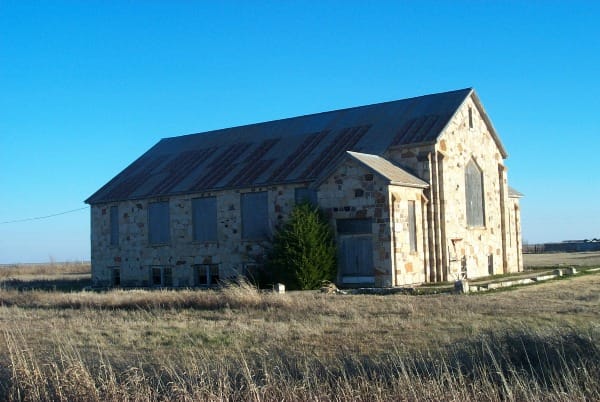
The booklet is delicate. Its binding still holds after nearly 100 years, but the bottom staple no longer connects through all the 32 pages. The pages aren’t torn, but it wouldn’t take much. All of which is to say, I treat this newest book of mine with great care–and not just because of its age but because of its family connection.

My birthday is this week. For years now, my parents have given my brothers and me family memorabilia for birthdays. It connects us through generations. Since one reason I became a historian is because I enjoyed family stories, I welcome these gifts. They provide a tangible link to people and places long past.
The booklet is this year’s gift. It’s a thin cookbook prepared by a group of church women, assuredly some of whom share DNA with me, from the small Texas town where my grandfather grew up. Published in 1928, before he was a teenager, this little cookbook takes me away.
A short video capturing some of the feel of Thalia.
Some of what I find in this cookbook, simply titled Cook Book, will only fascinate me.
- A recipe on the back page for banana cake is written in pencil by my great-grandmother. It is handwriting I don’t know from a woman I never met.
- On the front page, my grandmother penned a key, explaining all my family members who contributed recipes to the book. It is handwriting I know well but from someone now gone for more than two decades.
I don’t turn many pages before finding recipes offered by family members, not surprising in such a small community. (Accurate figures are hard to locate, but the entire county’s population in 1930 stood at 6,315, its greatest ever. In 2020, the county included barely 1,000 people.)
- On p. 7 I find my great-great aunt’s recipe for Chicken Pie.
- A few pages later is my great-grandmother’s Baked Potatoes with Tomatoes.
- My grandfather’s sister-in-law contributed a recipe for Caramel Frosting that has my mouth watering.
- A single horizontal mark next to Green Tomato Catsup is the only indication my great-grandmother used the book. No specks of food or stains or alterations appear in the pages.
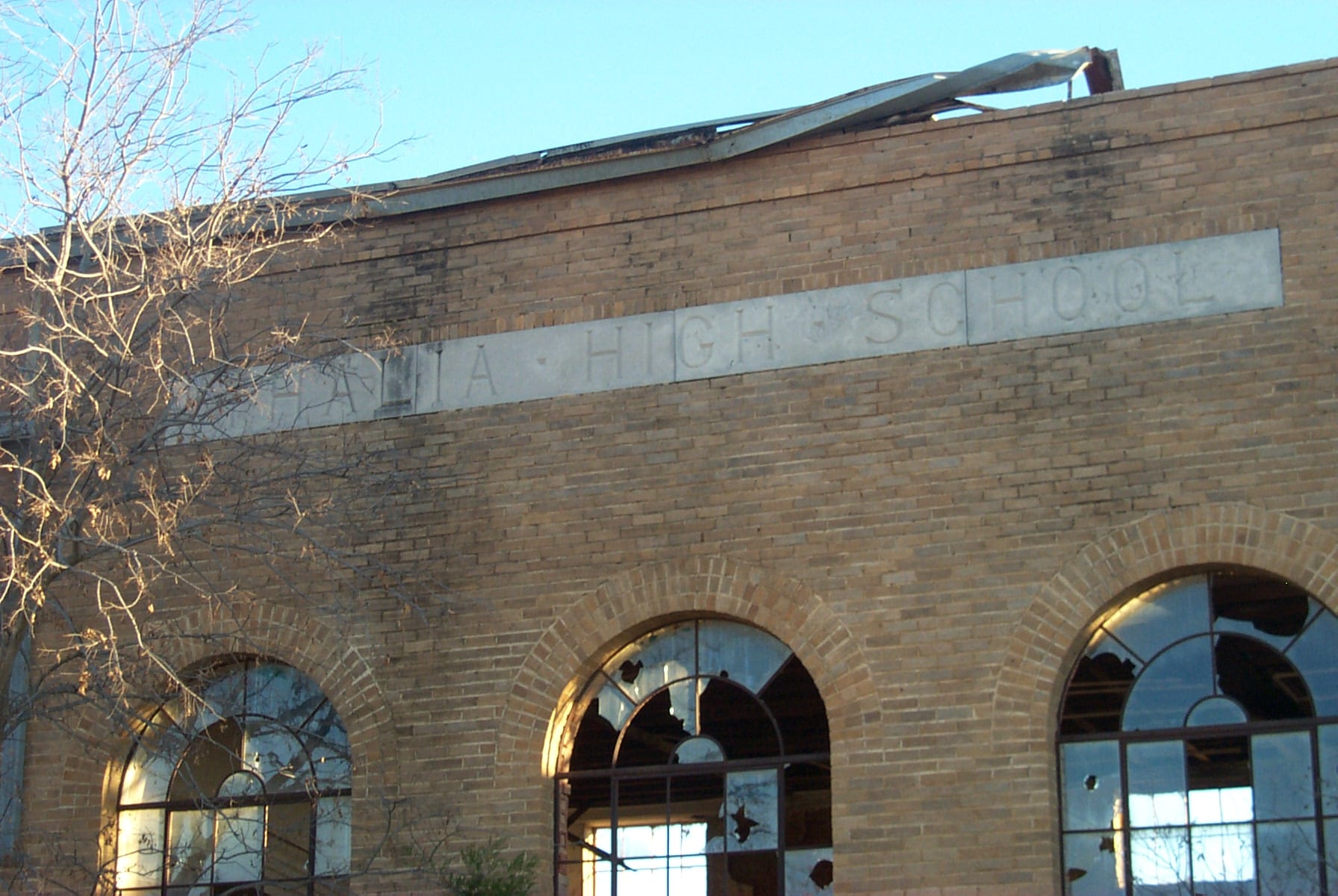
If you aren’t among my relations, the cookbook still offers interesting comparisons.
If you are used to modern cookbooks or internet recipes, you will find these recipes to be minimalist. Many run just two to four lines long.
Some of that is the format. There is no ingredient list followed by instructions; it is integrated.
Some of that is because some instructions are unnecessary; everyone was assumed to be able to make some parts. Pie recipes do not include the crust, for instance.
Almost every “salad” includes fruit, something one of my cousins has joked with me about. Marshmallows appear in a surprising number of sections in this cookbook, including both salads and a nutritious sounding Angel Food Sandwich, which is somehow not designated in the dessert section!

The range of foods is fairly basic. However, I see several that include seafood, an indication that canned seafood found its way to West Texas a century ago along with a wide range of tropical foods like pineapple and coffee. Globalization is older than we typically recognize.
Only occasionally do I detect cultural traditions besides Anglo with a southern tinge. And when I do, such as the Tamale Loaf or Bean Chop Suey, I think they look like a plain version.
Despite the family recipes, the advertisements intrigue me more. They open a wider window on the past that ignites my curiosity and imagination.
Most of the ads come from businesses in the county seat, 10 miles down the highway from the small town where my family made their home. Today, even the county seat is small, about 40% of the population when this cookbook appeared.
Today, you can find pizza and Tex-Mex joints, along with a Dairy Bar, but in 1928, I discover you could find good coffee at the De Luxe Cafe that promised quick and courteous service. There is no lumber yard any more, but in 1928 the Cicero Smith Lumber Co. advertised itself as “The Home of Splinters.” The Womack Brothers might have used some of that lumber for its furniture, which included a variety of appliances, radios, and frames, not to mention in its undertaking services.

The tiny town where my great aunt grew up and that now contains perhaps 20 occupied homes, included a cafe in 1928. I turn a few more pages and see an advertisement for the service station her father operated.
A full page ad for a “Physician and Surgeon” surprises me, having not expected that level of medical care for this small Texas community. I wonder what sort of surgery might have been common and if he attended the births or deaths of family members, a thought that stops me still.
The ads are straightforward with basic information and include the simplest slogans. However, some bring to mind more modern methods. Today, you hear complaints about the abbreviated language commonly used by kids in texting. Apparently, this is not new as a local insurance agent encouraged people to
"C us B. 4 U DIE"
Is there nothing new under the sun?
Paging through my new cookbook is not encouraging me to spend time in the kitchen, but I do feel closer to those Texas relatives I never knew. It helps me imagine a thriving life on West Texas plains during an oil boom that didn’t last amid a long-struggling farming community.
For me, it is an exercise in family devotion. It is a way to stoke historical curiosity. It is an outlet for creative imagination.
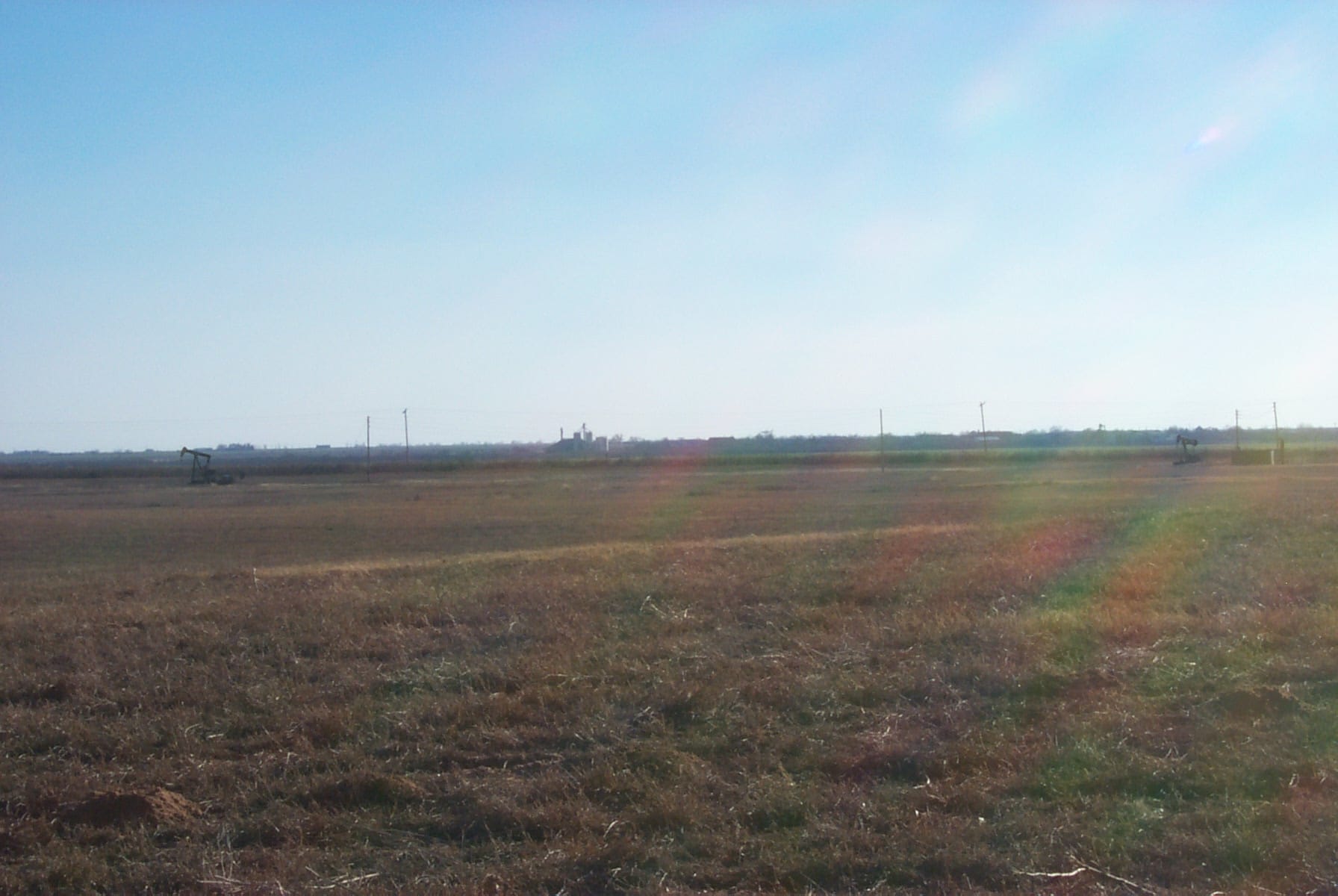
To value old things and imagine other words may be a universal trait–or an individual quirk of mine. All I know is this desire has always been with me.
I gain something–a groundedness–when my fingers run along the same pages as my great-grandmother who I never met. I take an imaginative and empathetic leap that fuels my very being when I try to put myself in that church that I have seen from the edge of the road where it sits near the abandoned high school where my grandfather graduated with a class ring I wore through most of my high school years.
When we don’t look back, we feel adrift, disconnected. We need to cultivate continuity in a world of incessant change.
These gifts remind me that time ties people across years–and that we owe it to our descendants to build a world worth inheriting.
In Other Words
- A few weeks ago, I attended an excellent–and useful–lecture and wrote up a story about it, which is now published.
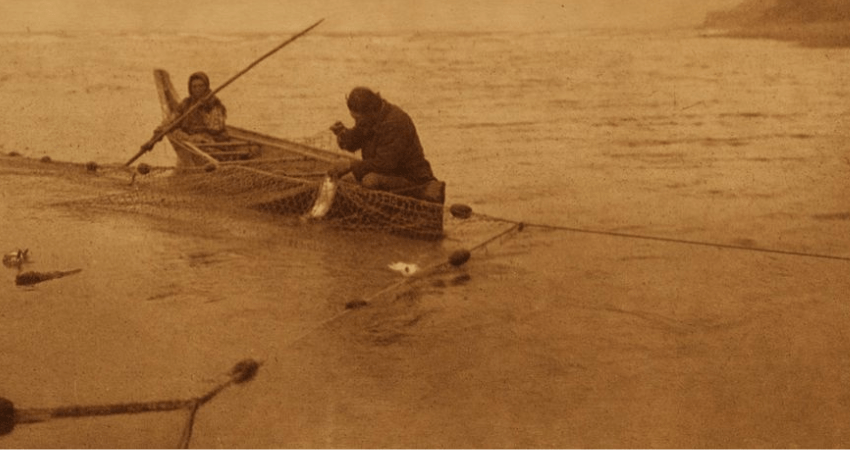
- Last winter, I participated in a panel discussion at Winter Fishtrap. A video of that and other panels recently was uploaded to YouTube.

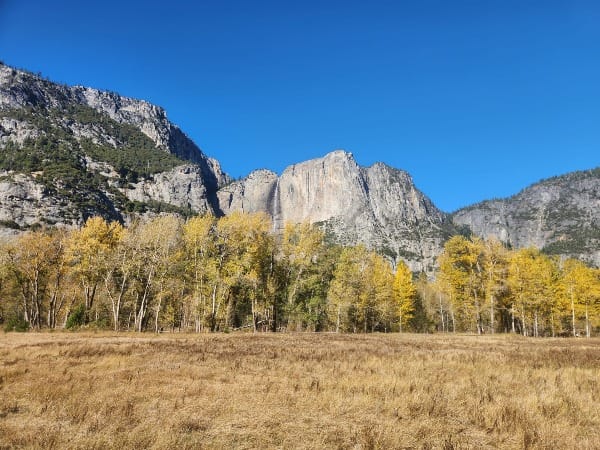


Comments ()